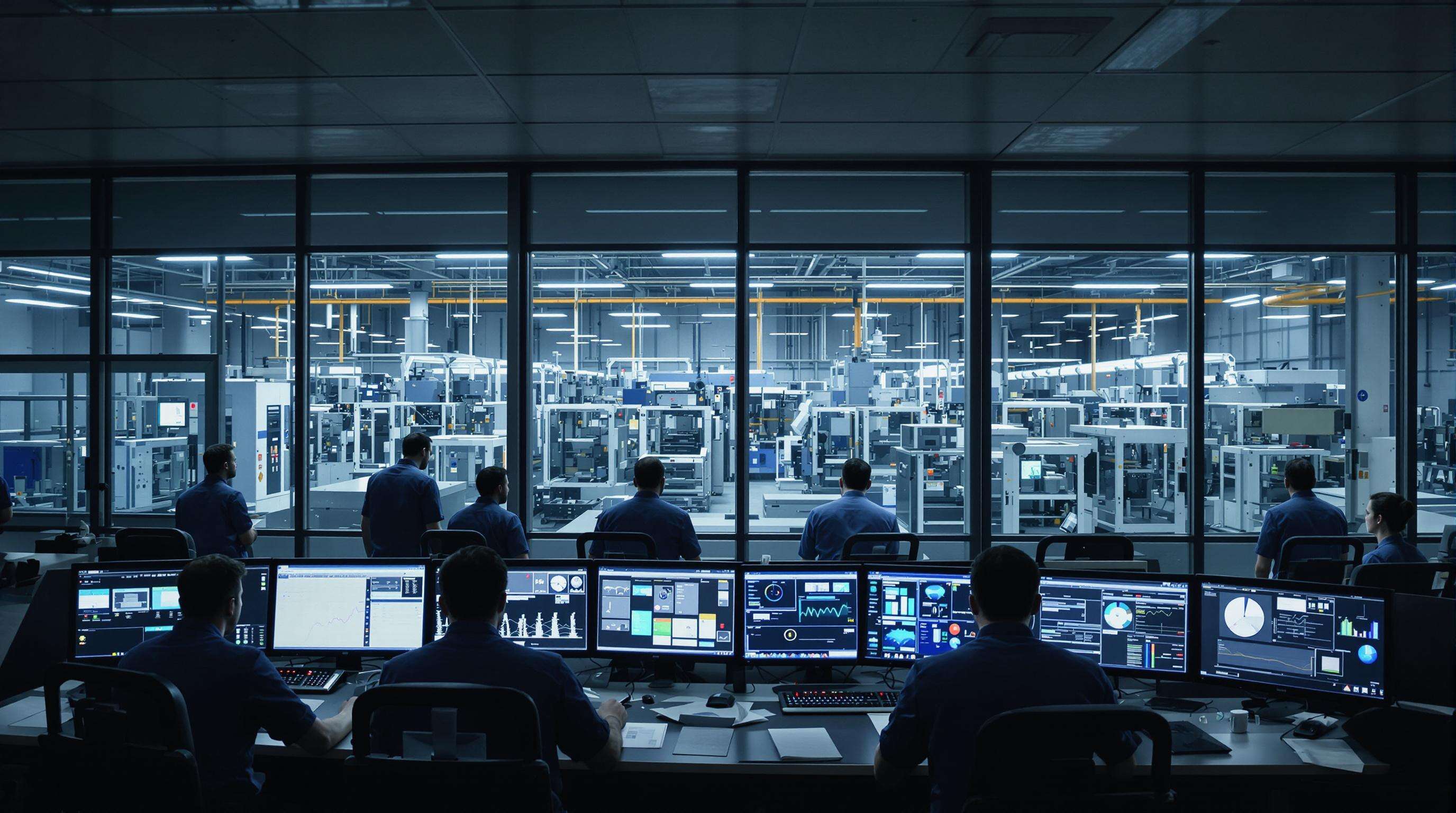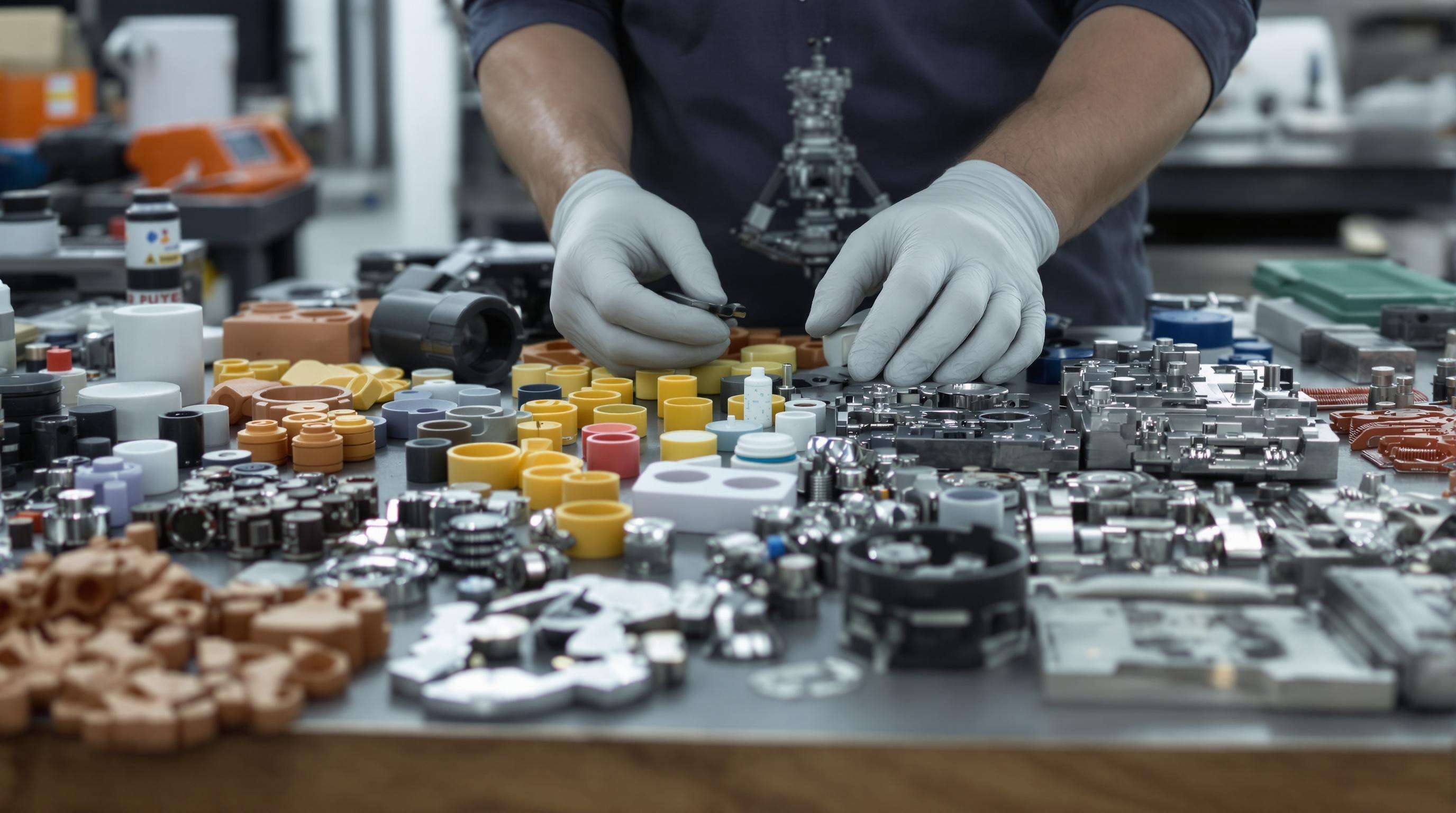블로우 몰딩은 수작업 공정에서 자동화된 공정으로 발전하여 대량 생산의 핵심 요소가 되었습니다. 20세기 중반에 저저항 용기를 제작하기 위한 방법으로 시작된 블로우 몰딩은 자동차 연료탱크, 의료용 부품 및 항공우주 부품과 같은 복잡한 형상에 대해 마이크론 수준의 정밀도를 구현하는 기술로 발전해 왔습니다. 2025 플라스틱 엔지니어링 보고서에 따르면, 전 세계 블로우 몰드 플라스틱 시장은 2023년에 800억 4천만 달러에 달했으며, 향후 2030년까지 연평균 7% 성장률을 기록하며 성장하고 있습니다. 이는 기업들이 경량이면서도 내구성이 뛰어난 포장을 선호하기 때문입니다.
다음의 세 가지 혁신이 확장성을 재정립하고 있습니다:
주요 제조사들은 이제 맞춤형 금형의 신속한 프로토타이핑을 위해 3D 프린팅 기술을 통합하여 금형 제작 리드타임을 40% 단축하면서도 ±0.05mm 이하의 정밀도를 유지하고 있습니다. 정밀 엔지니어링과 스마트 자동화의 융합은 구조적 완전성과 균일한 두께를 유지하면서 연간 생산량이 5천만 유닛을 초과하는 단일 생산 라인의 실현을 가능하게 합니다.
고밀도 폴리에틸렌(HDPE) 제형은 이제 0.5mm 이하의 정확한 벽 두께 공차를 유지하면서도 사이클 시간을 기존 대비 18% 더 빠르게 합니다. 이러한 소재는 자동차 연료탱크 및 50만 유닛 이상의 생산이 요구되는 산업용 용기와 같이 응력 균열 저항성이 기존 등급보다 30% 더 높은 특성을 보입니다.
순환 제조 방식으로의 전환은 블로우 몰딩 공정에서 폐기 후 소비자 재활용(PCR) 수지 사용을 증가시켰습니다. 선도 제조사들은 포장 응용 분야에서 이제 40~60%의 PCR 함량을 구현하면서도 파열 강도나 투명도를 희생시키지 않고 있습니다. 2024년 수준의 라이프 사이클 평가(LCA)에 따르면 이러한 지속 가능한 혼합물은 순수 원료 대비 kg당 탄소 발자국을 22% 줄일 수 있습니다. 농업 폐기물에서 추출한 바이오 기반 폴리머의 사용도 증가하고 있으며, 일부 공식은 제조 공정 시 에너지 소비를 18%까지 줄이는 것으로 나타났습니다.

산업용 IoT 센서를 사용하면 온도 기울기 및 압력 곡선과 같은 블로우 몰딩 공정 파라미터를 실시간으로 모니터링할 수 있습니다. 이러한 실시간 피드백을 통해 생산 주기 동안 즉각적인 조정이 가능해지며, 수동 조정 대비 벽 두께 변동을 최대 32%까지 줄일 수 있습니다. 고급 시스템은 센서 측정값을 환경 및 원자재 배치 차이에 맞춰 자동으로 보정하여 여러 번의 출하에 걸쳐 치수 허용오차를 유지합니다. 또한, 기술자들이 결함이 발생하기 전에 문제 해결을 유도하는 경고 신호를 100밀리초 이내로 인식하면서 생산 지연 사태가 크게 감소합니다.
예측 알고리즘은 과거의 사이클 시간, 정비 이력 및 자재 흐름 패턴을 분석하여 72시간 이상 앞서 제약 사항을 예측합니다. 이러한 시스템은 수지 소비 속도를 기계 처리 능력과 비교분석함으로써 금형의 노후화 위험을 파손 이전에 식별할 수 있습니다. 자동차 산업에서 17개월간 진행된 연구 결과에 따르면 예측 모델을 도입한 공장들은 연간 예기치 못한 가동 중단을 41%나 줄일 수 있었습니다. 이 기술은 습도 변화나 재활용 재료 비율 변화와 같은 다양한 생산 조건 변화 가능성을 시뮬레이션 하여 이전에는 계절적 느림을 초래했던 요소들을 사용자가 미리 재조정할 수 있도록 합니다.
연료 시스템 공장과 함께 8개의 블로우 몰딩 공장에 통합 디지털 거버넌스를 구현한 글로벌 자동차 부품 공급업체입니다. 압출 장비를 통한 실시간 수지 추적 시스템과 서보 모터 진동 분석을 도입함으로써, 공급업체는 6개월 이내로 원자재 문제로 인한 정지를 완전히 종식시켰습니다. 동시에 복잡한 형상에 대해 머신러닝이 생성한 공기압 곡선은 금형 사이클 시간을 28% 단축하였습니다. 이러한 산업 기술 개선을 통해 기존 시스템에서 생산성은 실제로 22% 증가했으며, 추가 장비 투자 없이 연간 930만 달러의 생산 능력 증대 효과를 얻었습니다!

블로우 몰딩의 경제성은 프로젝트 수명 동안 생산 비용 절감으로 금형 제작 비용을 상쇄하는 데 달려 있습니다. 최신 금형 시스템은 도입 비용으로 12만~50만 달러가 들며 복잡한 금형 제작에는 12~24주가 소요됩니다. 그러나 제조사들은 연간 생산 규모가 50만 개 이상일 경우 단위당 비용을 28~42% 절감할 수 있는데, 이는 사이클 시간이 짧고 재료 낭비가 적기 때문입니다. 고정밀 금형에 대한 금형 투자를 중복 적용하면 부품당 비용을 34% 절감하고 금형 수명을 19개월 늘리는 것으로 2023년 자동차 협력업체 연구에서 밝혀졌습니다.
핵심 비용 요인은 다음과 같습니다:
결과는 10년 운영 기준으로, 공극이 많은 부품 제조 시 블로우 몰딩이 사출 몰딩 대비 총 보유 지수가 18~31% 적은 것으로 나타났습니다. 사출 프레스를 사용해 몰딩한 경우 ±0.05mm의 치수 정확도를 가지며 이는 블로우 몰딩의 ±0.15mm 대비 우수합니다. 동일 생산량 기준으로 블로우 몰딩 대비 사출 드라이어 금형 비용은 45~75% 더 비쌉니다. 2024 플라스틱 가공 연구에 따르면 단위당 에너지 소비가 블로우 몰딩이 27% 적어 대량 적용 시 연간 120만 달러를 절약할 수 있습니다.
| 비용 요인 | 블로우 몰딩 장점 | 사출 몰딩 장점 |
|---|---|---|
| 초기 금형 | 38~52% 낮음 | 더 높은 정밀도 |
| 소재 활용도 | 폐기물 22% 감소 | 표면 마감 우수함 |
| 에너지 사용량(100만 유닛당) | 31kWh 절약 | 더 빠른 사이클 시간 |
| 금형 변경 유연성 | 4.8배 빠른 교체 | 제한된 설계 제약 조건 |
소비자 포장 분야에서 압출블로우성형의 손익분기점은 65,000~85,000개로, 사출성형 제품 대비 110,000개 이상이 필요합니다. 생산 후 산업 재활용 기능을 통해 연간 생산라인당 압출블로우성형의 환경 비용을 19톤의 이산화탄소 상당량만큼 추가로 절감할 수 있습니다.
최신 압출블로우성형 공급망은 자재 부족, 계절적 수요 변동, 장비 신뢰성 문제를 해결하면서도 처리 능력을 유지해야 하는 점점 더 큰 압박을 받고 있습니다. 능동적인 병목 식별은 고비용 지연에 시달리는 운영과 뛰어난 성과를 내는 운영을 구분해 줍니다.
자재 지연으로 인해 압출블로우성형 공정에서 예상치 못한 다운타임의 34%가 발생합니다. 일반적인 원인은 다음과 같습니다:
실시간 자재 추적 시스템이 공급업체 대시보드와 공장 소비 속도를 연계함으로써 리드타임 오차를 63% 감소시킴
7개의 자동차 1차 협력사가 다음 방법을 통해 계절 수요 일치율 91% 달성:
기존 예측 모델 대비 Q4 포장 수요 급증에 대한 대응 속도 40% 개선 달성
바이알 용기 목부의 결함으로 인해 제약 제조사가 22%의 생산 차질을 겪었습니다. 원인 분석 결과:
폐루프 열 관리 및 예지 정비 알고리즘 도입을 통해 8주 이내 결함률을 89% 감소시켰습니다. 해당 솔루션은 ASTM E438-11 유리 적합성 표준을 유지하면서 월간 생산량을 120만 유닛 증가시켰습니다.
 핫 뉴스
핫 뉴스
저작권 © 2024 창주 펑헨지 자동차 부품 유한 회사